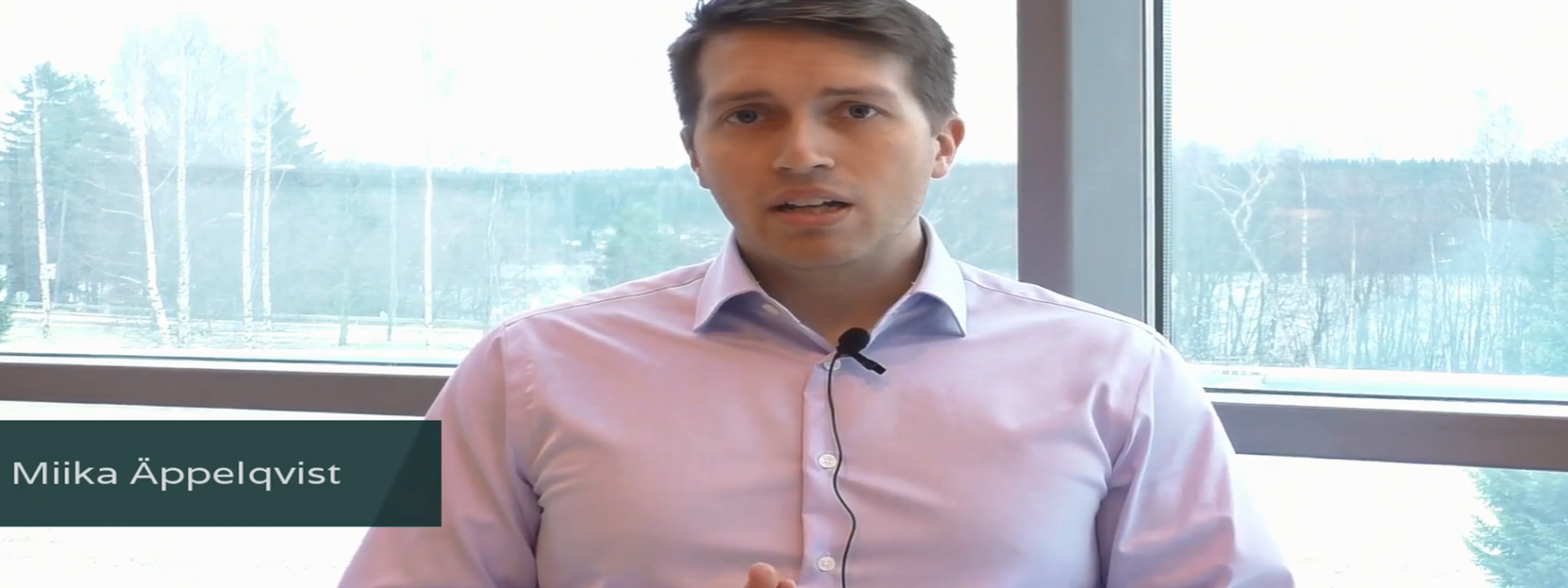
This week, we’re dealing with the following question:
I have a problem with Low-E glass; when entering full loads, the glass is broken inside the chiller but when entering half loads glass goes good. Also, if entering full loads with high heating time, the glass doesn’t brake, however, the distortion is very high. What can I do the fix the problem?
For this week’s questions, see our full video response below!
As always, remember to learn, share and succeed!
I have a problem with Low-E glass; when entering full loads, the glass is broken inside the chiller but when entering half loads glass goes good. Also, if entering full loads with high heating time, the glass doesn’t brake, however, the distortion is very high. What can I do the fix the problem?
We’re dealing with a traditional tempering challenge here. When you’re running a smaller amount of glass, it needs less energy and heat in order to reach the set point, so it’s unlikely to break. Glass is usually broken if it is too cold. In your particular case, you were running Low-E glass where the top surface reflects the heat. In such situations, you should use convection on the top to ensure the glass is heated enough and increase the bottom temperature to make sure the full load will have enough heat and not break. Also, with larger loads, we advice to increase the corner set points plus make sure that the corner heaters are working properly and that the set points for both corner and bottom heaters are higher than normal when running full loads.
Für den Glastory-Newsletter anmelden
Wir beantworten Ihre Fragen zur Glasverarbeitung. Teilen Sie uns Ihre Herausforderungen mit und wir versprechen, unser Bestes zu tun, um Ihnen zu helfen.
Comments are closed.